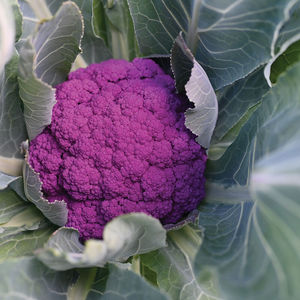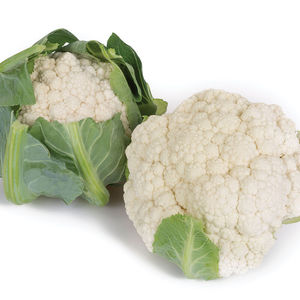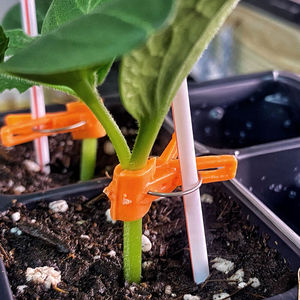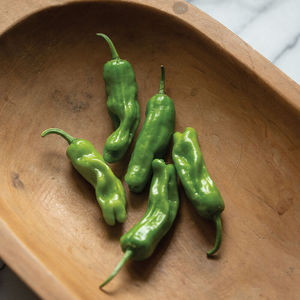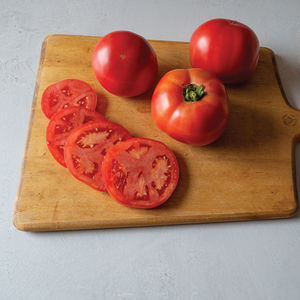
Very early pepper seed Hungarian Hot Waxannualredyellow

Add to favorites
Compare this product
Characteristics
- Maturity
- very early
- Availability
- annual
- Other characteristics
- red, yellow
Description
New! Johnny's improved strain.
Growers in the Pacific Northwest and Northern Tier of the U.S. rely on Hungarian Hot Wax because it matures very early in cool, wet weather. However, many commercial strains have been poorly maintained; plants grown from these lots are often floppy, and the fruits vary in size, shape, and heat level. In 2015, our breeding team began improving this variety through 3 cycles of selective plant breeding. We are now proud to release our newly selected strain, which features an upright plant and uniform fruits. The greatly improved plant architecture offers better fruit protection and faster/easier harvests with minimal fruit damage! Smooth, tapered, and moderately spicy fruits avg. 5 1/2" x 1 1/2" and mature from pale yellow to orange red, and finally, to a vibrant red. Excellent for frying, roasting, or pickling. USDA Certified Organic. Avg. 68,900 seeds/lb. Packet: 25 seeds.
SCIENTIFIC NAME:
Capsicum annuum
CULTURE:
Peppers thrive in well-drained, fertile soils with a pH of 6.5. Abundant phosphorus and calcium is needed for the best results.
GROWING SEEDLINGS:
Sow seed in 20-row or shallow flats, 4 seeds/in., 1/4" deep, in late March or about 8 weeks prior to transplanting. If possible, maintain soil temperatures at 80-90°F (27-32°C). Pepper seeds germinate very slowly in cooler soil. When the first true leaves appear, transplant seedlings into 2" cell-type containers or 4" pots. Grow plants at approx. 70°F (21°C) day and 60°F (16°C) nights.
VIDEO
Catalogs
Catalog 2024
208 Pages
Related Searches
*Prices are pre-tax. They exclude delivery charges and customs duties and do not include additional charges for installation or activation options. Prices are indicative only and may vary by country, with changes to the cost of raw materials and exchange rates.

















